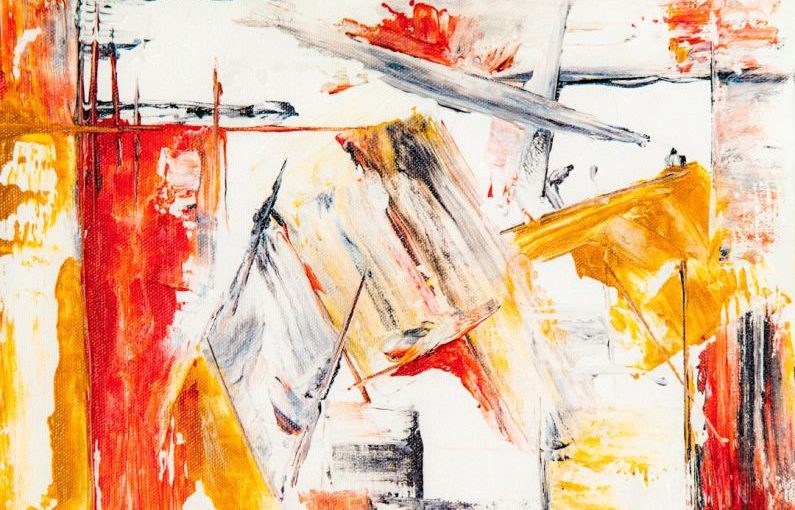Sugar, a substance that has infiltrated nearly every aspect of our lives, has also made a significant impact on the world of art. Its influence on modern art is undeniable, as artists have incorporated sugar in various forms to create thought-provoking pieces that challenge traditional boundaries and perceptions. From sculptures to installations, paintings to performances, sugar has become a medium through which artists explore themes of indulgence, excess, decay, and consumerism. This article delves into the fascinating world of sugar in modern art, examining how artists have harnessed its sweet allure to convey deeper messages and evoke powerful emotions.
**Sweet Beginnings: Sugar as a Medium**
In the realm of modern art, materials are often chosen for their ability to convey meaning beyond their physical properties. Sugar, with its inherent associations of sweetness, pleasure, and transience, has captivated artists seeking to explore complex concepts through tangible forms. By using sugar as a medium, artists can tap into a rich symbolic language that resonates with viewers on multiple levels.
One notable artist who has embraced sugar as a primary medium is the renowned American sculptor Kara Walker. Known for her provocative and visually striking works that address themes of race, gender, and power, Walker has created intricate sculptures and installations using sugar as a key component. In her piece “A Subtlety, or the Marvelous Sugar Baby,” Walker constructed a massive sphinx-like figure entirely out of sugar, which stood as a commentary on the history of the sugar industry and its ties to slavery.
**Sweet Temptations: Sugar as a Symbol**
Beyond its physical properties, sugar carries a wealth of symbolic significance that artists have leveraged to convey deeper messages in their work. As a substance that is both alluring and potentially harmful, sugar serves as a potent metaphor for the pleasures and pitfalls of modern life. Artists have used sugar to explore themes of excess, consumption, and the fleeting nature of pleasure, inviting viewers to reflect on their own relationships with indulgence and desire.
The British artist Joseph Marr has employed sugar as a symbol of decay and impermanence in his series of sugar cube sculptures. By meticulously arranging sugar cubes into intricate structures that mimic architectural forms, Marr creates visually stunning pieces that slowly disintegrate over time, highlighting the ephemeral nature of beauty and the inevitability of decay.
**Sugar Rush: Exploring Consumerism and Commodification**
In the age of consumer culture, sugar has become emblematic of excess and commodification, serving as a potent symbol of the relentless pursuit of pleasure and satisfaction. Artists have used sugar to critique the commercialization of desire and the pervasive influence of advertising and marketing on our lives. By incorporating sugar into their work, artists can subvert its associations with sweetness and pleasure, revealing the darker undercurrents of consumerist culture.
The French artist Claire Fontaine has created striking installations that explore the intersection of sugar, consumerism, and power. In her piece “Sugar People,” Fontaine crafted life-size sculptures of human figures entirely out of sugar, which slowly dissolved over the course of the exhibition. By using sugar to represent the fragility and transience of human existence in the face of consumerist pressures, Fontaine challenges viewers to confront the destructive consequences of our insatiable appetites for material goods.
**A Bittersweet Reflection: The Legacy of Sugar in Modern Art**
As we reflect on the influence of sugar in modern art, it becomes clear that this seemingly innocuous substance carries a weighty significance that extends far beyond its sweetness. From its symbolic power to its aesthetic allure, sugar has inspired artists to create works that provoke, challenge, and captivate audiences around the world. By harnessing the evocative properties of sugar, artists continue to push the boundaries of contemporary art, inviting us to reconsider our assumptions about beauty, pleasure, and the complex interplay between the material and the metaphorical.





